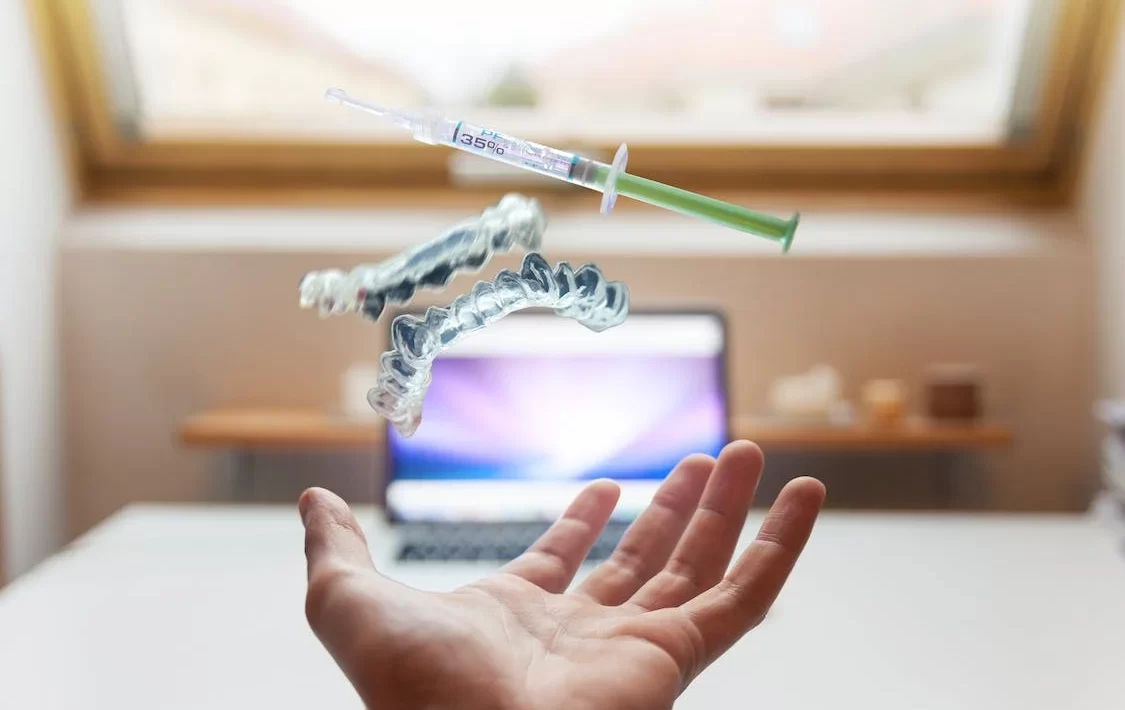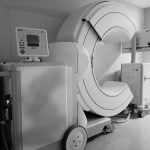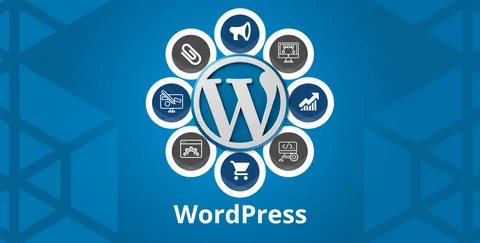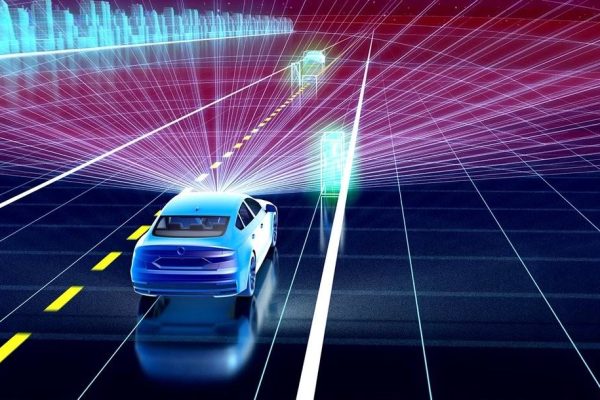It’s no secret that biomedical research is booming these days. From finding new cures for diseases to developing new methods of treatment, scientists are constantly trying to come up with ways to make the world a better place. One important way they do this is by using biomedical instruments to study the body in detail. But how do they do it? And what are the challenges involved real money online pokies?
What biomedical instrumentation and signal analysis is
Biomedical instrumentation and signal analysis is the use of specialized instruments and techniques to measure and analyze biological signals. These signals can originate from a variety of sources, such as body tissues, cells, or molecules. By understanding the characteristics of these signals, biomedical researchers can gain a better understanding of how the body works and how to treat illnesses.
What types of biomedical instrumentation and signal analysis are available?
Biomedical instrumentation and signal analysis can be broadly classified into three categories: medical imaging, spectroscopy, and biosensors. Medical imaging instrumentation captures images of patients or objects using various types of cameras or sensors. Spectroscopy is used to analyze the chemical or physical properties of molecules or particles. Biosensors measure the levels of molecules in a sample and can provide information about the health or disease of a patient.
How biomedical instrumentation and signal analysis is used
Biomedical instrumentation and signal analysis is widely used in research and healthcare. It helps physicians diagnose and treat patients. Instrumentation can be divided into two categories: medical device devices and biomedical sensors. Medical device devices are used to measure things like heart rate, blood pressure, and cholesterol levels. They are inserted into the body of a patient to provide information about their health. Biomedical sensors are used to measure bodily parameters such as temperature, movements, or blood flow. They are placed on or near the body of a patient to gather information. Instrumentation can also be divided into two subcategories: clinical instruments and research instruments online gambling. Clinical instruments are used in hospitals and clinics. Research instruments are used in laboratories or other research facilities.
Benefits of biomedical instrumentation and signal analysis
Since the inception of biomedical research, instrumentation has played an important role in collecting data from study subjects. Instrumentation can be broken down into two categories: biomedical equipment and biomedical instruments. While both have their benefits, biomedical equipment typically offers greater accuracy and range. In addition to its accuracy, biomedical equipment is often able to measure multiple variables simultaneously, which can make data analysis easier.
However, not all medical studies require the use of elaborate equipment. Many investigators prefer to use simple instruments that are easily portable and don’t require extensive setup time. Moreover, many simple instruments offer greater accuracy than some of the more complex models. Additionally, many investigators find that using simpler instruments allows them to focus on the data rather than on the instrumentation.
When choosing an instrument, it is important to consider a variety of factors. These include the type of data that will be collected, the type of analysis that will be performed, and the budget constraints of the study. Additionally, it is important to choose an instrument based on the expertise of the investigator rather than on its price tag. By taking these factors into account, investigators can ensure that their studies are conducted using the best available equipment
Challenges of biomedical instrumentation and signal analysis
There are many challenges when it comes to biomedical instrumentation and signal analysis. Some of these challenges include understanding the data that is being collected, correctly interpreting the results, and properly correcting for errors. Additionally, scientists must often make quick decisions about which measurements to take and how to interpret them. All of these tasks can be difficult and time-consuming, but they are essential if scientists want to understand how their patients are doing.











